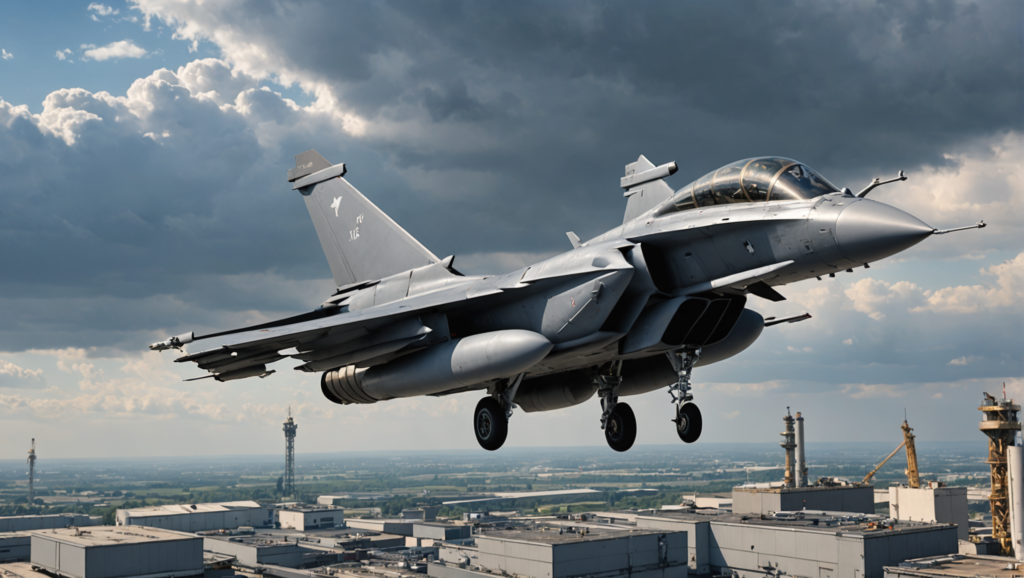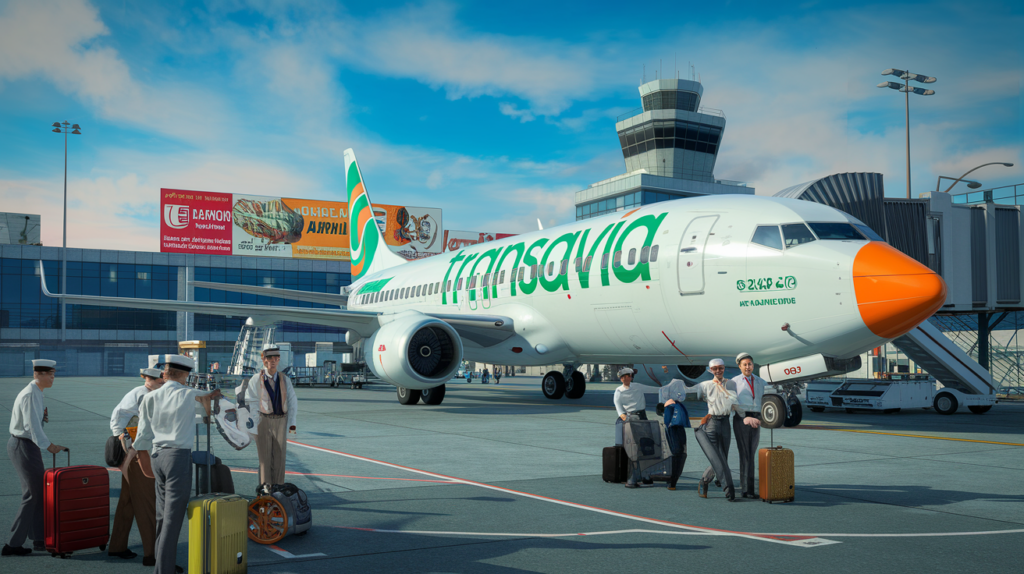In the aerodromesmanagement runway numbers is based on a rigorous method, combining technical precision and air traffic safety. Each runway is numbered according to its orientation in relation to the cardinal points, guaranteeing rapid identification for traffic control and communications between ground crews and pilots on approach. This logical and efficient system ensures the smooth running of airport operations. It is based on international standards and cutting-edge expertise, essential for optimizing take-off and landing performance and procedures. This system remains essential.
Visit aerodromes are the nerve centers of aviation, where precision and organization play an essential role. These include the runway numbering system atlanding takes center stage. This simple yet ingenious system, based on precise geographical and magnetic principles, enables aircraft to be oriented efficiently during take-off and landing.
Runway numbering is based primarily on the magnetic orientation of the runway. The numbers indicated - usually two for the same runway, opposite each other - represent the direction in which aircraft are heading. For example, a runway numbered 09 actually means that it is oriented approximately 90 degrees. So, relying on these indications, pilots adapt their trajectories to the physical alignment of the runway and the position of the wind.
The origins and evolution of the system
Historically, systematics evolved with the growth of civil and military aviation. Early aerodromes used visual markers to indicate their runways, which posed problems in adverse weather conditions. The introduction of the numbering system, based on the principles of magnetichas provided a consistent solution. This system, which is constantly adapting to variations in the earth's magnetic field, demonstrates the importance of periodic recalibration and increased vigilance to guarantee safe navigation.
Numbering criteria
Each number is assigned according to the magnetic angle of the track, rounded off and simplified to make navigation information easier to understand. Visit track numbers are not chosen at random; they are intended to be intuitive and functional for all those involved. For example, a north-facing runway will be classified differently from an east-facing runway, giving pilots an immediate reference point during thelanding or take-off and reinforcing coordination between the control tower and the crews.
Technology integration and operations optimization
Modern orientation and guidance systems integrate numbering information to improve overall safety. Electronic devices and navigation software now assist pilots by translating these numbers into usable data in real time. This marriage of tradition and innovation enables aerodromes to optimize the use of their runways and reduce the risk of reading errors in crucial situations.
Information management and user experience
In addition to technical innovations, the dissemination of aerodrome information is accompanied by particular care in its presentation. A well thought-out site interface, for example, offers visitors a smooth navigation thanks to the absence of advertising banners intrusive. Subscribers also benefit from enhanced security thanks to the validation of pseudonym based on their e-mail address, ensuring authentic comment management. What's more, the instant publication of their feedback encourages a dynamic exchange, unlike comments from non-subscribing visitors, which require rigorous moderation.
Practical application and technical reading
For those who wish to deepen their understanding, the analysis of specific aerodrome cases enables them to compare theory and reality. The systematics of track numbers is proving to be an invaluable educational tool in the teaching of aeronautical orientation. The numbering of each runway tells a story of technical ingenuity and adaptation to natural constraints, proving that even in aviation, precision can be explained simply.
Systematic landing numbers
| Criteria | Description |
|---|---|
| Origin | Based on the magnetic orientation of the track |
| Method | Calculation by converting the angle into a rounded value and dividing by 10 |
| Duality | Tracks identified by two numbers facing in opposite directions |
| Communication | Simplifies exchanges between pilots and air traffic controllers |
| Standards | Compliance with international aerospace standards |
| Adaptation | Revisions based on changes in orientation or alignment |
| Signage | Use of beacons and ground markings to guide approach |
| Optimization | Contributing to air traffic fluidity and safety |
| Scalability | Integrating technological advances into runway management |
| Impact | Key role in coordinating and managing operations |
On the same theme
Dassault Aviation: Rafale order book breaks all-time records
Dassault Aviation's Rafale fighter jet has achieved historic success, with a record order backlog. This achievement testifies to the reputation and recognized quality of the aircraft, propelling the French company to the forefront of...
A Dive into History: Transavia Airlines' Landmark Flight of February 22, 1993
On February 22, 1993, Transavia Airlines marked a decisive milestone with a flight that changed its destiny forever. On this symbolic date, just as the company was recovering from a turbulent period, a prestigious delegation embarked, including the Nederlands Dans...
Toulouse unveils three new destinations with Transavia
Toulouse lights up with a new aura of travel with the addition of three new destinations by Transavia for the winter season. This expansion includes connections to Oran, accessible up to four times a week from €49 one-way....







